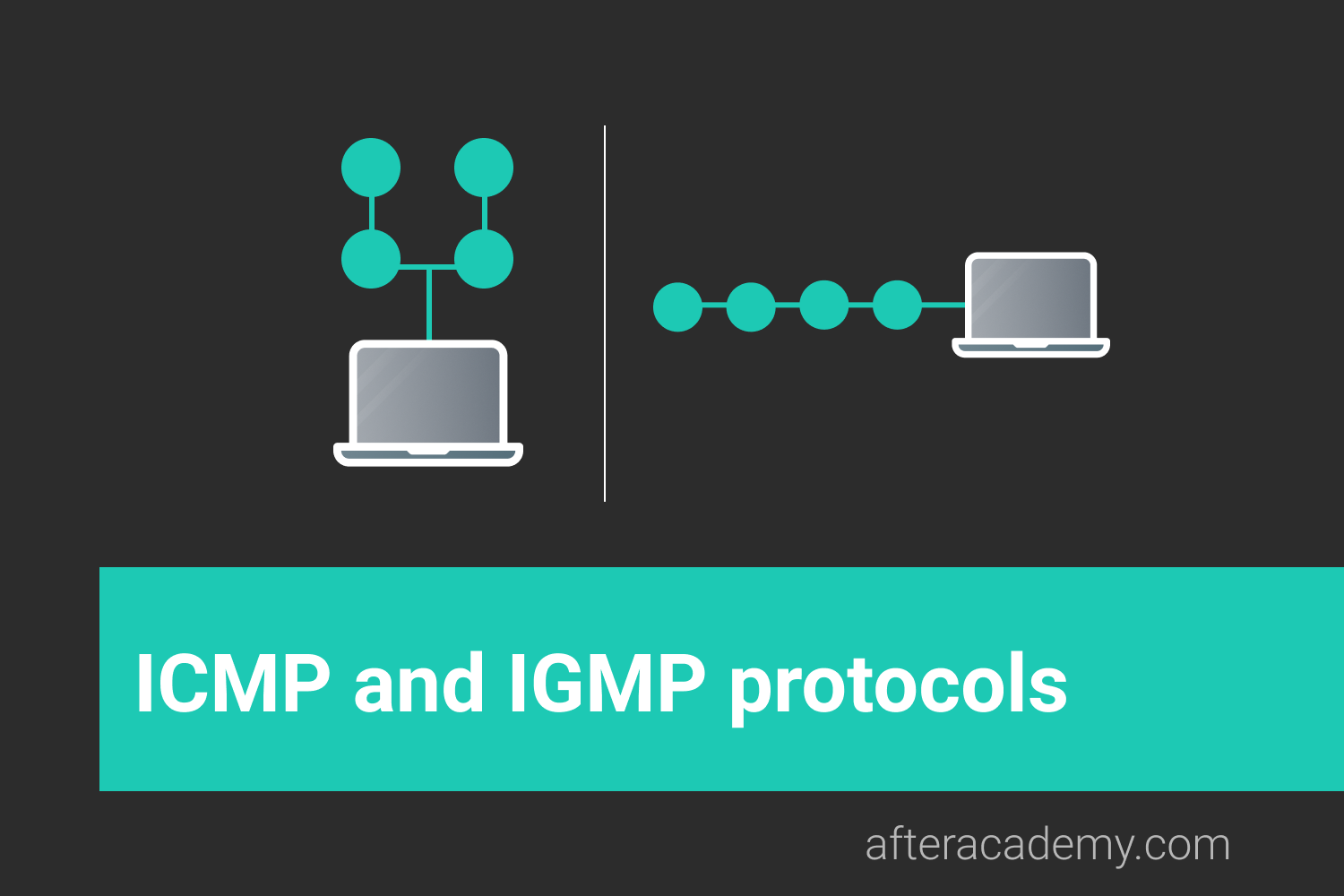What are Protocols and what are the key elements of protocols?

In the era of Computer and Mobile technologies, computer network technology is growing at a very fast speed and frequency. Billions of electronic devices and gadgets are operating to make this happen. These devices are designed and manufactured by different manufacturers. They may have been developed using different hardware and software resources. Due to this, they are unable to establish a connection and communicate with each other for sharing data and other information. Hence, to resolve this problem, we need protocols. Protocols provide us with a medium and set of rules to establish communication between different devices for the exchange of data and other services.
Protocols are needed in every field like society, science & technology, Data Communication, media, etc. But in this blog, we’ll mainly concentrate on the protocols used in computer networks and data communication. We'll further focus on the types, key elements, and functionalities of protocols. So, let's get started with the basics of protocols.
Protocols
Protocols are a fundamental aspect of digital communication as they dictate how to format, transmit and receive data. They are a set of rules that determines how the data will be transmitted over the network.
It can also be defined as a communication standard followed by the two key parties(sender and receiver) in a computer network to communicate with each other.
It specifies what type of data can be transmitted, what commands are used to send and receive data, and how data transfers are confirmed.
In simple terms, a protocol is similar to a language. Every language has its own rules and vocabulary. Protocols have their own rules, specifications, and implementations. If two people share the same language, they can communicate very easily and effectively. Similarly, two hosts implementing the same protocol can connect and communicate easily with each other. Hence, protocols provide a common language for network devices participating in data communication.
Protocols are developed by industry-wide organizations. The ARPA (Advanced Research Project Agency) part of the US Defense program was the first organization to introduce the concept of a standardized protocol. Support for network protocols can be built into the software, hardware, or both. All network end-users rely on network protocols for connectivity.
Protocols use a specific model for their implementation like the OSI (Open System Interface) Model, TCP/IP (Transmission Control Protocol / Internet Protocol) Model, etc. There are different layers (for instance, data, network, transport, and application layer, etc.) in these models, where these protocols are implemented.
Combining all these, we can say that protocol is an agreement between a sender and a receiver, which states how communication will be established, and how to maintain & release it. It is the communication between entities in different systems, where entities can be a user application program, file transfer package, DBMS, etc., and systems can be a remote computer, sensor, etc.
Levels of a Protocol
There are mainly three levels of a protocol, they are as follows:
- Hardware Level: In this level, the protocol enables the hardware devices to connect and communicate with each other for various purposes.
- Software Level: In the software level, the protocol enables different software to connect and communicate with each other to work collaboratively.
- Application Level: In this level, the protocol enables the application programs to connect and communicate with each other for various purposes.
Hence protocols can be implemented at the hardware, software, and application levels.
Types of Protocols
Protocols can be broadly divided into the following two types:
- Standard Protocols
- Proprietary Protocols
Let's learn one by one :
Standard Protocols
A standard protocol is a mandated protocol for all devices. It supports multiple devices and acts as a standard.
Standard protocols are not vendor-specific i.e. they are not specific to a particular company or organization. They are developed by a group of experts from different organizations .
These protocols are publicly available, and we need not pay for them.
Some of the examples of Standard Protocols are FTP, DNS, DHCP, SMTP, TELNET, TFTP, etc.
Proprietary Protocols
Proprietary protocols are developed by an individual organization for their specific devices. We have to take permission from the organization if we want to use their protocols.
It is not a standard protocol and it supports only specific devices. We may have to pay for these protocols.
Some of the examples of Proprietary Protocols are IMessage, Apple Talk, etc.
Key Elements of protocols
The key elements of the protocol determine what to be communicated, how it is communicated, and when it is communicated.
There are mainly three key elements of a protocol, they are as follows:
- Syntax
- Semantics
- Timing
Let's learn these elements in detail.
Syntax
Syntax refers to the structure or format of data and signal levels. It indicates how to read the data in the form of bits or fields. It also decides the order in which the data is presented to the receiver.
Example: A protocol might expect that the size of a data packet will be 16 bits. In which, the first 4 bits are the sender’s address, the next 4 bits are the receiver’s address, the next 4 bits are the check-sum bits, and the last 4 bits will contain the message. So, every communication that is following that protocol should send 16-bit data.
Semantics
Semantics refers to the interpretation or meaning of each section of bits or fields. It specifies which field defines what action. It defines how a particular section of bits or pattern can be interpreted, and what action needs to be taken. It includes control information for coordination and error handling.
Example: It interprets whether the bits of address identify the route to be taken or the final destination of the message or something else.
Timing
Timing refers to two characteristics:
- when the data should be sent?
- what will be the speed of sending and receiving the data?
It performs speed matching, sequencing and flow control of the data items.
Example: A sender can send the data at a speed of 100 Mbps, but the receiver can consume it only at a speed of 20 Mbps, then there may be data losses or the packets might get dropped. So, proper synchronization must be there between a sender and a receiver.
Functions of protocols
Following are the main functionalities of a protocol:
- Data Sequencing: It mainly refers to dive data into packets i.e. it divided the whole data into some packets.
- Data Flow: It mainly deals with sending data to the correct destination i.e. the flow of the data is correct or not.
- Data Routing: It refers to select the best path for data transmission between a sender and a receiver because there can be many routes from sender to receiver and you should select the best possible route.
- Encapsulation: It refers to the process of taking one protocol and transferring it to some other another protocol.
- Segmentation & Reassembly: It deals with segmenting the data message i.e. diving the data into packets when data flows from the upper protocol layer to lower, and reassembly is vice-versa of segmentation i.e. all the segmented packets are recollected in the correct order at the receiver side.
- Connection Control: It ensures connection oriented data transfer for lengthy data items.
- Multiplexing: It allows combining multiple transmission unit signals or channels of higher-level protocols in one transmission unit of a lower-level protocol. Multiplexing can be upward or downward.
- Ordered Delivery: Protocol facilitates ordered delivery of data, by providing a unique sequence number to each data packet. It is the function of the sender to maintain ordered delivery. By doing so, the receiver will receive the data in the same order as sent by the sender.
- Transmission Services: It mainly deals with priority, Quality of Service (QoS), and security of data packets.
- Addressing: It mainly deals with addressing levels, addressing scope, communication identifiers, and addressing modes.
- Flow Control: It facilitates to limit the flow of data. It is the function of the receiver's end to maintain flow control of data.
- Error Control: It deals with error detection (using the checksum bits) and its control. If any error is detected during the transmission of the data, a request for retransmission of data is sent to the sender by the receiver, and the corrupt data packet is discarded.
This is all about Protocols. Hope you learned something new today.
That's it for this blog.
Do share this blog with your friends to spread the knowledge. Visit our YouTube channel for more content. You can read more blogs from here .
Keep Learning :)
Team AfterAcademy!





